Master’s student Mason Bull recently won the Boise State University three-minute thesis competition and placed third at the state competition. Mason was partially funded by a research initiation grant from the Idaho Space Grant Consortium (Idaho NASA EPSCoR). His research is using the Landsat record to classify landscape composition and quantify landcover and vegetation change in one watershed in the Kenai Mountains of south-central Alaska and the Sawtooth Mountains of southwest Idaho. He is finding that places in Idaho that have not had wildfire are experiencing a shift in vegetation type and density. Generally, trees are encroaching on riparian areas, and forests are moving upslope into talus and previously sparsely vegetated areas. This shifting vegetation distribution will impact how snowpacks accumulate and melt, how water is stored in the landscape and how much water will be available for streamflow from our headwater watersheds, which are critical water supplies for downstream populations and agricultural water users.
Similar Posts

U of I researcher coins ‘thirstwaves’ as new framework emphasizing prolonged, extreme water stressors
Meetpal Kukal proposed the term “thirstwaves” to describe prolonged periods of agricultural exposure to extreme atmospheric evaporative demand for water. Read more in the University of Idaho news feature or read the paper published March 20.
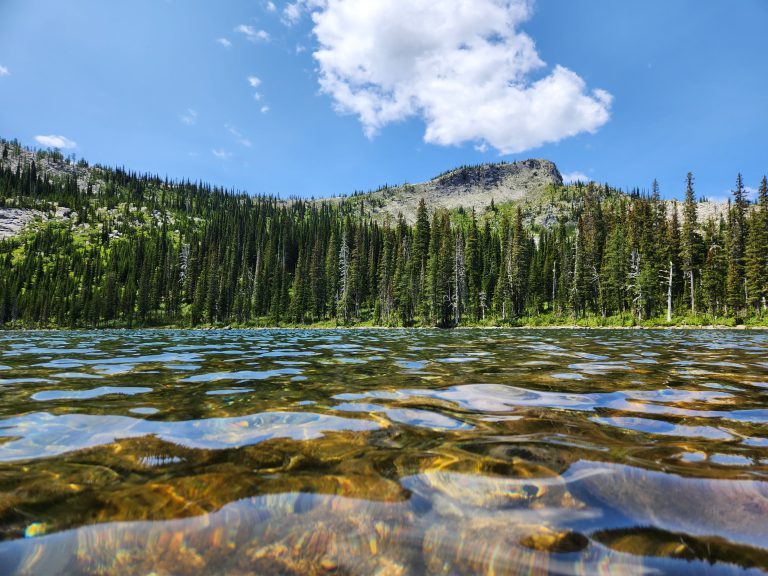
What do you value and why?
The following reflection was written and delivered by Post Falls resident, Jamie Esler, as part of Boise State University’s “Idaho Listens” event held at the Hagadone Event Center this past October. To learn more about Idaho Listens, or to watch all of the local speakers from the Coeur d’Alene Event, visit https://www.boisestate.edu/americanvalues/idaho-listens/ What do you value and why? The two of us sat on the ground within a few feet of each other but the berries were so thick we…
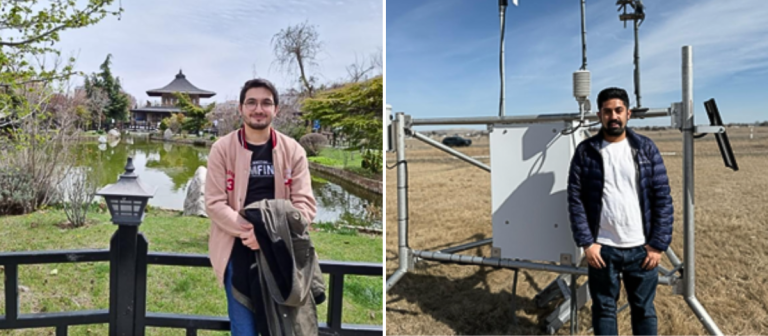
2025 recipients of the Joseph Jordan IWRRI Student Research Fellowship
The Idaho Water Resources Research Institute is proud to announce the 2025 recipients of the Joseph Jordan IWRRI Student Research Fellowship, Dinesh Gulati and Turker Anlaroglu. Established by the family of Joseph Jordan, the fellowship provides financial assistance and hands-on experience to University of Idaho students pursuing careers in water resources management. Fellows work directly with agencies, Tribes, nonprofits, and industry partners to address real-world water challenges. This year, both students contributed to a WaterSMART-funded project in collaboration with the…
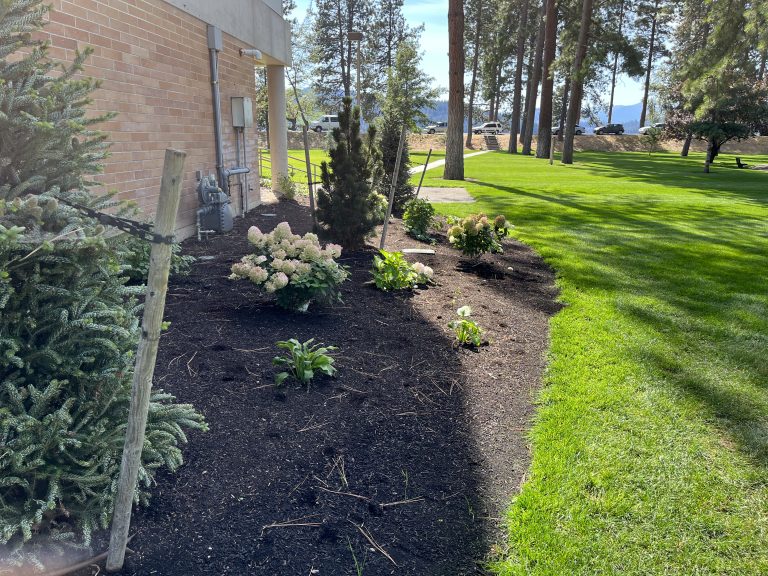
OUR GEM: Coeur d’Alene’s Wastewater History
OUR GEM: Coeur d’Alene’s Wastewater History By Mike Anderson, City of Coeur d’Alene Wastewater Utility Director In 1939, the City of Coeur d’Alene began treating its wastewater at a brand-new facility. This plant used secondary treatment, a new level of technology just beginning to be seen in large cities, but almost unheard of in small communities like ours, with a population of barely 10,000. Motivated by a desire to be a good neighbor and environmental stewards, the City was also…
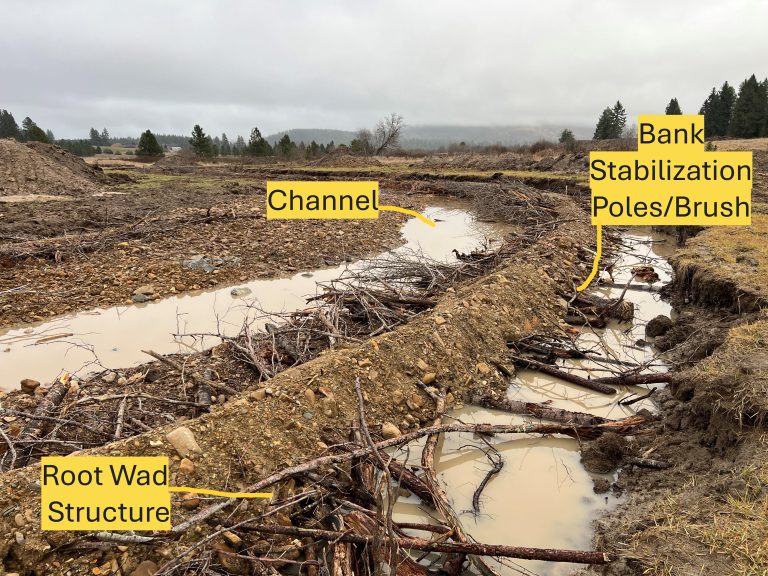
OUR GEM: k’wne’ ‘ulchiyark’wmtsut – Fisheries Restoration Connecting Two Restored Reaches
By Bruce Kinkead, Fisheries Biologist, Coeur d’Alene Tribe The Hangman Creek Fisheries Restoration Project began in 2002 and is funded by Bonneville Power Administration under the Fish Substitution Policy to compensate for lost salmon harvesting. Early research found the limiting factors to be lack of connection between channel and floodplain, lack of large woody debris (LWD), excess fine sediments, and high stream temperatures associated with a lack of tree canopy. Initial work on Hangman Creek below the Sanders townsite began…
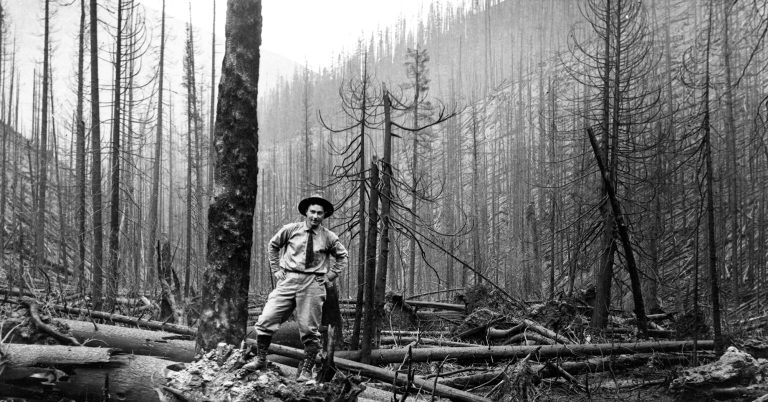
OUR GEM Ashes in the Current: The Hidden Hydrologic Legacy of the 1910 Fire
By Mark Getscher, hydrogeologist for the Coeur d’Alene Tribe More than a century after “The Big Burn” of 1910 scorched over three million acres across northern Idaho and western Montana, its legacy continues to flow through the streams and rivers of the Coeur d’Alene Basin. While most remember the fire for its devastation and heroism, far fewer realize its silent and lingering impact on water quality. High-intensity wildfires combust vegetation and organic soil layers, converting them into ash. This ash is…
